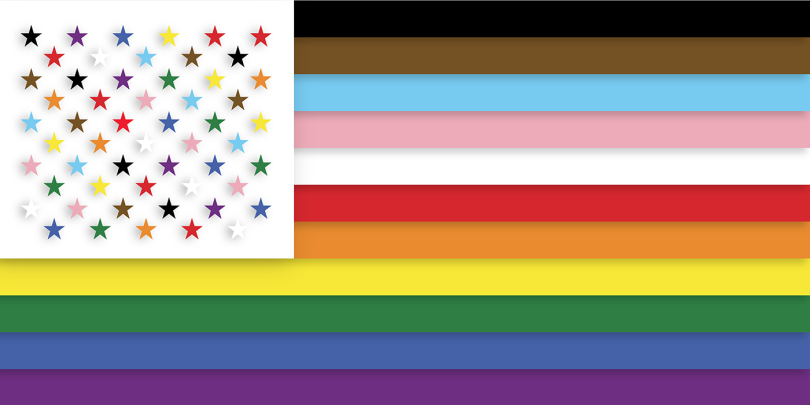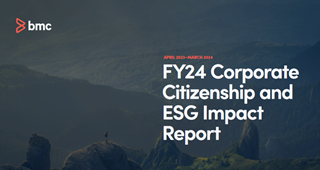June marks dual observations of Pride Month and Juneteenth, where LGBTQ+ and Black communities, alongside their allies, celebrate their accomplishments while acknowledging and bringing awareness to the work that lies ahead. The current climate of world events, negative-impact legislative changes, and an increase in hate crimes highlight the importance of having safe spaces for inclusivity with psychological and physical safety for both communities. For many, that safe space is the workplace.
In the spirit of Pride and Juneteenth, let’s explore the intersectionality that exists between the Black and LGBTQ+ communities within the workplace. We’ll examine the current state of inclusion for these groups and discuss what organizations can do to create truly safe and welcoming spaces for all.
Employee safety
LGBTQ+ and Black employees face a complex web of discrimination based on inherent aspects of their identity that can significantly impact their careers, well-being, and mental health. This discrimination can manifest in various ways, including microaggressions, unequal pay, lack of promotion opportunities, and even physical violence. Microaggressions can be subtle but damaging, including insensitive comments or assumptions based on their race, ethnicity, sexual orientation, or gender identity. This discrimination not only harms employees, leading to increased stress, anxiety, and depression, but also has material cost to the business from lost productivity and high turnover.
Organizations must create inclusive environments and safe spaces to attract, support, and promote a diverse workforce. Action must be taken to foster awareness and allyship in the workplace and to create a culture that encourages LGBTQ+ and Black communities to show up authentically, without masking or hiding. Such environments can be created by implementing continuous learning about diversity, equity, and inclusion (DEI), harassment and discrimination, and unconscious bias, as well as providing community-specific employee resource groups (ERGs) as safe spaces, and having clear anti-discrimination policies.
In June 2023, the Harris Poll conducted a survey focused on LGBTQ+ employees. The survey explored their concerns regarding workplace protections and the availability of support systems for themselves and their families. When asked what their priorities were in an employer, 89 percent reported having safe reporting channels for discrimination was the most important, followed by 86 percent who want to see that backed up by written disciplinary actions.
The rest of the top five included paid leave for care of chosen family members, inclusive parental leave, and HR systems that include genders and pronouns. While this poll focused on the LGBTQ+ community, it’s important to note the intersectionality of priorities for both communities, which are freedom from discrimination, fair treatment and pay, a respectful work environment, and supportive policies that promote inclusion and equal opportunities.
Parity and advancement
Beyond everyday acceptance, inclusion also means having a seat at the table and earning the same pay for the same work. While diverse representation on boards is climbing, the pace needs to accelerate for both communities.
Before the C-suite even becomes a consideration, achieving pay parity is a crucial first step. Recent data from the Human Rights Coalition found that versus cisgender white male workers, LGBTQ+ Black workers earn 80 cents on the dollar; LGBTQ+ women earn 87 cents on the dollar, and LGBTQ+ white men earn 96 cents on the dollar. The situation is even more stark for non-binary, genderqueer, genderfluid, and two-spirit workers, who earn 70 cents on the dollar.
Data from a Spencer Stuart survey shows progress in board diversity, with 67 percent of the 2023 Nasdaq directors being diverse (defined by Nasdaq as self-identifying female and/or underrepresented minorities, and/or LGBTQ+). While this data suggests that we are moving in the right direction, there is still much work to be done.
Fair wages and transparent paths to advancement are two areas where businesses can make active strides. By setting board diversity requirements and aligning with initiatives like the Fair Pay Workplace, which mandates wage transparency for its signatories, companies demonstrate accountability for their practices.
Getting started
Throughout our DEI blog series, we’ve covered suggestions on strengthening inclusion in the workplace. To recap, these are some essential guideposts to help organizations begin or advance their inclusive initiatives to ensure that every employee is assured a safe environment to thrive.
- Make your meetings and everyday conversations more inclusive and ensure everyone is seen and heard with this handy checklist.
- Establish employee resource groups, or ERGs, to foster open dialogues for employees.
- Explore the Creative Equity Toolkit and Guide to Allyship to learn how to be an ally.
- Check your bias at Harvard University’s Project Implicit.
- Use CulturePop, a self-paced, micro-learning app that encourages cross-cultural curiosity to help you explore what you don’t know, or have misconceptions about.
- Get safe, practical de-escalation techniques and learn when and how to safely intervene with free bystander intervention training classes.
Check out our Corporate Citizenship and ESG Impact Report to learn how BMC is putting these ideas into practice and building a workplace that includes everyone.







